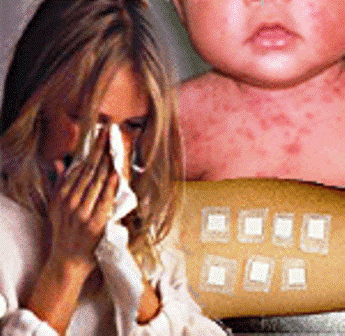Consequences
- Sneezing
- Stuffy nose
- Itchy eyes
- Rash
- Anaphylaxis (life-threatening allergic reaction)
- Breathing problems and discomfort during the allergic reaction
- Drowsiness and other side effects of medicines
- Life changing
- Death
Home Care Checklist - Allergy Management
- Maintain a dustfree environment by removing drapes, curtains and blinds and replace them with pull shades.
- Cover the mattress with a hypoallergenic cover that can be zipped.
- Remove rugs and replace them with wood flooring.
- Wash floors and dust daily.
- Replace stuffed furniture with wood pieces that can easily be dusted.
- Wear a mask whenever cleaning your home.
- Avoid tufted bedspreads, stuffed toys, and feather pillows and replace with washable cotton material.
- Avoid any clothing that causes itching.
- Reduce dust in the house by using steam or hot water for heating rather then air and using air filters or air-conditioning.
- Identify seasons when pollen counts are high and wearing a mask at times of increased exposure.
- Avoid contact with weeds, dry leaves, and freshly cut grass.
- Seek out air-conditioned areas at the height of the allergy season.
- Avoid sprays and perfumes.
- Use hypoallergenic cosmetics.
- Take prescribed medications as ordered.
- Develop a list of foods to avoid.
- Understand the need to maintain an allergenfree diet.
- Read food labels to identify hidden allergens in food.
- Identify ways to manage an allergenfree diet when eating away from home.
- Wear medical alert bracelet.
- List symptoms of allergy.
- Demonstrate emergency administration of epinephrine.


